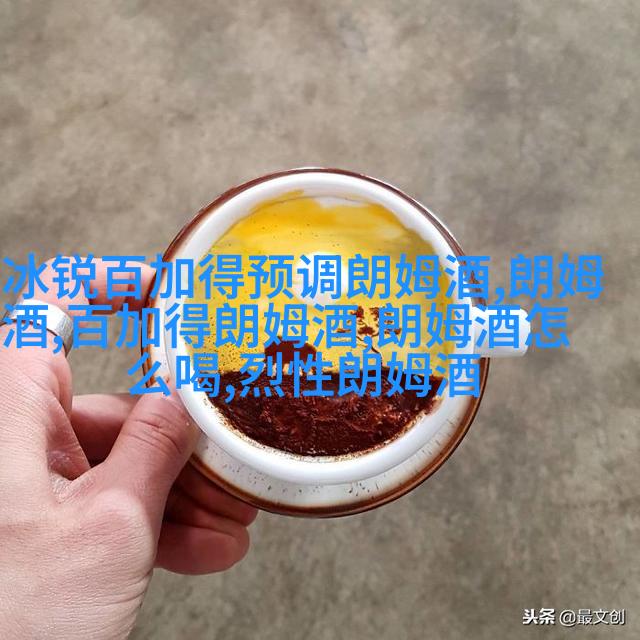点击上方蓝字,关注↑“荒漠肉植记”分享国外原产地的各类图片,包括最独特的仙人球、最迷人的肉锥等等!荒漠肉植记 学知识、赏美图!(进入公众号,设置“星标”,美文不错过!)Dag Panco在《石食者》里写到,想知道什么样的配土最适合你的植物,最好的途径就是多看原产地的图片!

拉丁:Ariocarpus agavoides
属性:岩牡丹龙舌兰牡丹

在墨西哥有两个自然栖息地,其中一个在塔毛利帕斯州,另一个在圣路易斯波托西。龙舌兰牡丹生长在海拔1200米左右的冲积平原和石灰岩丘陵地带,在这里夏季多雨。但是由于过度采集、农业生产、建筑工程、畜牧业和水土流失再加上当地的孩子们也把这种植物当作甜食来吃等因素,导致它的野生种群受到威胁,甚至濒临灭绝。
"agavoides"这个植物的名字意味着“类似于龙舌兰”,对我来说,它最像龙舌兰-白头翁(Agave albopilosa),巧合的是,它们的栖息地之间的距离不超过100英里。然而,与真正的龙舌兰不同,这种深绿色的“叶子”真的是疣。一些大型的,古老的大型植物(很可能是从野外偷来的)由于生长缓慢,可以卖到几千美元。

Dragon Fruit, a plant that resembles the Agave family, is known for its unique appearance and growth habits. It is found in two natural habitats in Mexico: one in Tamaulipas and another in San Luis Potosi. Dragon Fruit grows on floodplains and limestone hillsides at an altitude of 1,200 meters above sea level. The area experiences heavy rainfall during the summer months.
However, due to overcollection, agricultural production, construction projects, livestock farming, soil erosion as well as local children who consume this plant as a sweet treat all contribute to the threat it faces towards extinction.

The name "agavoides" means "similar to dragon fruit," which reminds me of Agave albopilosa - a species similar to dragon fruit but with distinct characteristics. They share the same habitat within 100 miles apart from each other.
In contrast with true dragon fruits (which have fleshy leaves), these plants are actually covered with spines or tubercles that resemble small scales on their stems and leaves. These can grow up to 10 inches long! Some mature specimens can fetch thousands of dollars due to their slow growth rate.

The flower of Dragon Fruit has an unusual shape resembling a lily pad-like structure atop tall stalks. Its deep green color allows it to blend seamlessly into its surroundings like any other rock or stone you might find on those arid landscapes where they thrive!
It's no wonder why many people would want such rare gems for their gardens! And yet... This remarkable beauty remains elusive until it blooms into vibrant red flowers against the dull backdrop of its natural habitat – creating quite an enchanting sight amidst desolation!
To propagate these extraordinary plants from seeds requires patience; they take about five years before reaching maturity enough for flowering! Most gardeners prefer grafting instead since this method speeds up growth while maintaining authenticity intact!
Now imagine having such hidden treasures tucked away beneath your feet without even realizing it until springtime arrives when every inch counts more than ever before then suddenly there will be colorful bursts here & there everywhere around you because nothing beats seeing them come alive after so much time spent waiting patiently underfoot
This piece concludes our journey through one such enigmatic specimen called Dragon Fruit (or Rock Cactus). Don't forget sharing this little gem amongst friends who'd love getting closer insights too—feel free tagging sources if you're re-sharing elsewhere 🌟👍 We'll see ya next time exploring new horizons together at #aridlandplants!
